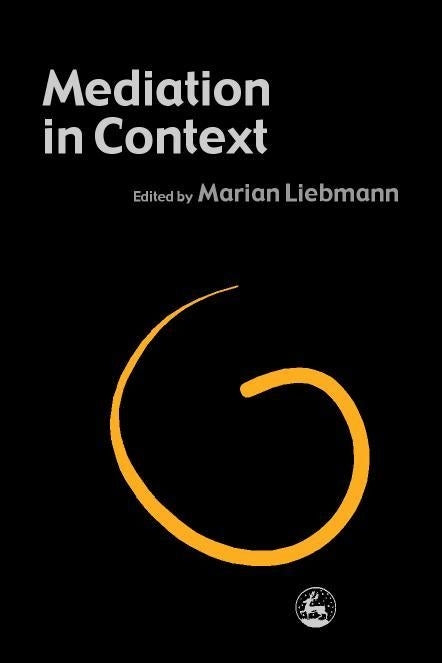
Press Reviews
Rostrum
Anyone with an interest mediation will find something useful and beneficial in this collection of 16 chapters, each devoted to a description of mediation in different contexts by an expert in the field. I found the two chapters on peer mediation in schools the most moving. If we all learned to handle conflict effectively from a young age, we might see fewer examples throughout society. Readers should come away clearer about what mediation is, what it is not, and the role of the mediator as an impartial third party, with no authority or stake in the outcome. I highly recommend this book.
Quakers in Criminal Justice Newsletter
This is a good moment for a book on mediation to appear, as the idea has now caught on and a body of expertise is building up. It is lucid, comprehensive and readable. I like books which include details of case histories. Marian contributes the first chapter herself, but there are fourteen other contributors. The range of situations in which mediation can be used - is being used - is far wider than I had realised. It is reaching out into such fraught areas as domestic violence, and relations between parents and homeless children. The movement to promote mediation is gaining momentum, here as in the USA, from the need to limit the escalating number of court cases in a "blame culture". Other cultures, e.g. the Chinese have been much readier to accept the idea of persuasion rather than confrontation. Mediation is not a panacea in every conflict, and writers are honest enough to point this out. It can only be used where there is some degree of trust, and cannot work in a situation where people rubbish their opponents. I read parts of the book in anger, reminded too forcefully of the difficult situation I faced in what looks like a pleasant Gloucestershire town 30 years ago, in which my house was repeatedly damaged, and I was subjected to verbal abuse whenever I ventured down the street.
Mediation Magazine
Edited by Marion Liebmann, Mediation in Context is a comprehensive overview of mediation in all its forms. Opening with a clear introduction and history of mediation, the initial chapters manage to successfully summarise the last 20 years of practice, whilst also highlighting current debates regarding quality, accreditation and equal opportunities practice. Having laid the necessary foundations we are then presented with a series of 15 chapters each dealing with a specific type of mediation, from peer mediation in schools through to workplace mediation and all in between. Indeed unless your local branch of ufologists made face-to-face contact with Zorg and his comrades you can safely assume that your form of mediation is here. As each chapter is written by a lead practitioner in the field, the text presents a fascinating and highly informative snapshot of current mediation practice. This picture is supported by case studies, particularly useful in the chapters examining victim-offender and mediation in a South London secondary school. One of the successes of the book is the manner in which it manages to reflect the diversity of practice yet consistently grounds all approaches in a thorough and necessary understanding of conflict resolution. An understanding that has perhaps to date been occasionally left behind when extolling the virtues of mediation. One can only hope that Liebmann et al's ability to present practical, service-based reviews in Mediation in Context not only offers the foundations but sets the standards for future reference. A welcome and necessary addition to the comparitvely under researched field, Mediation in Context is as accessible to first timers as it is to old dispute resolution packhorses. Look, it even has full references, further reading details and subject and author indexes. What more do you want; professional recognition and guaranteed funding?
